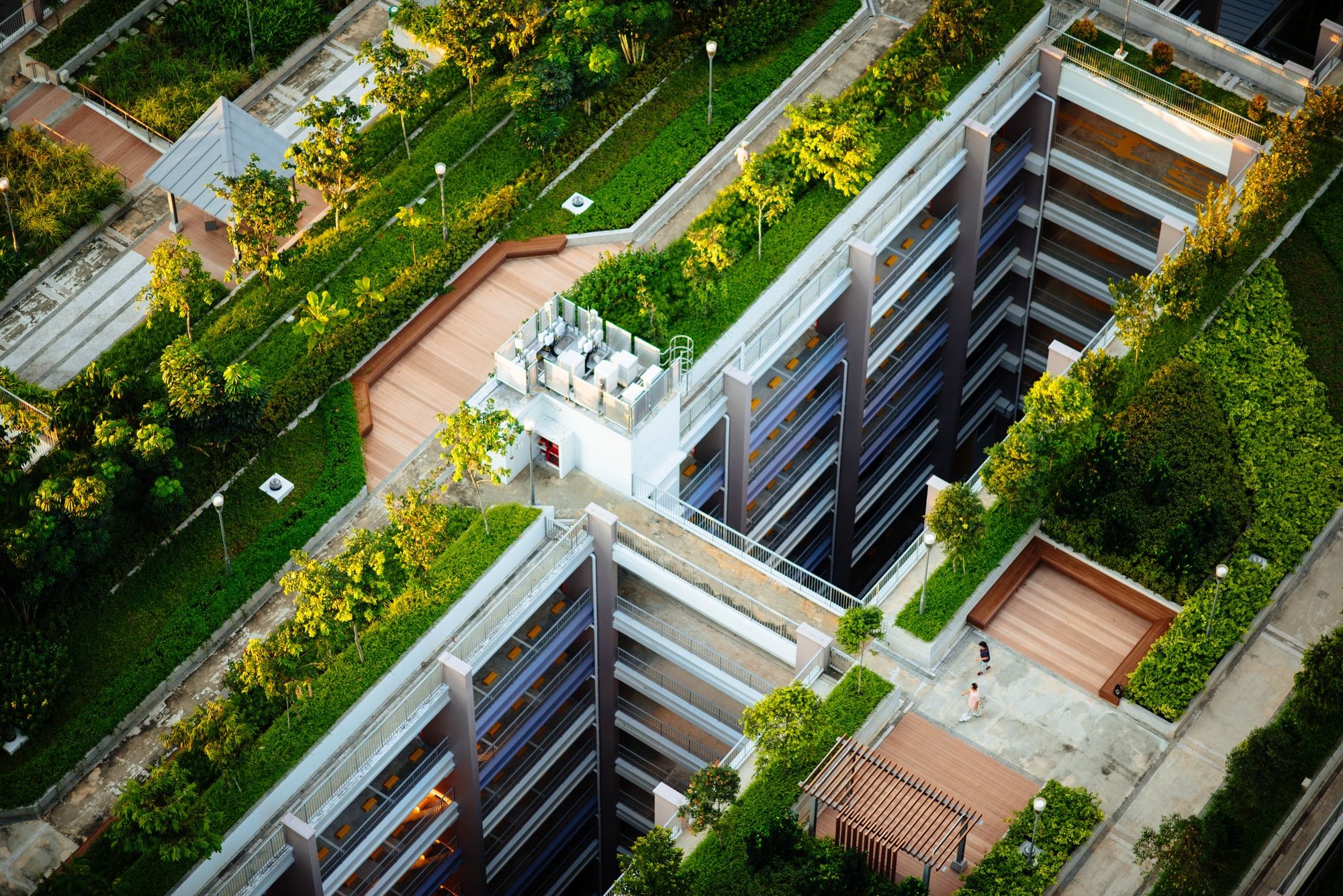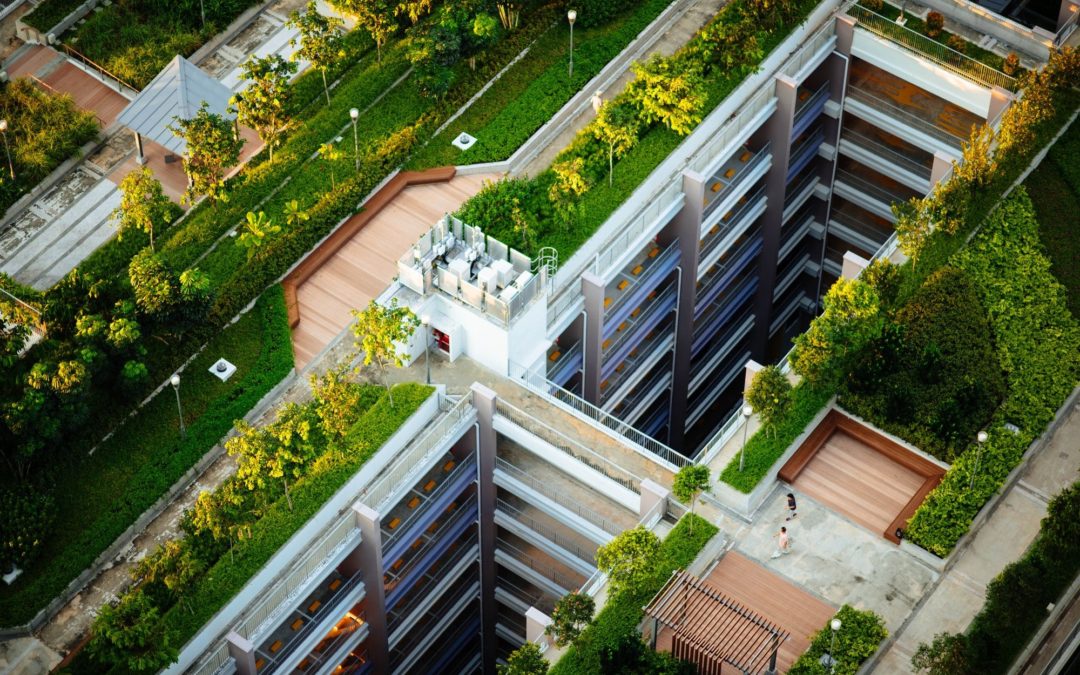
Urban green spaces hold many benefits, such as improving air quality and supporting biodiversity and residents' mental health. A city in Switzerland called Basel has established greenery into the city by making urban greenery a legal requirement for new buildings.
The city of Basel has focused on green roofs for the last 15 years. Doing this has led to less humidity and buildings that are cooling quicker during the summers. Thanks to the green roofs, less energy is spent on air conditioning systems.
Green spaces are obligatory on all buildings with a flat roof; this applies to all new and retrofitted buildings. On all new construction projects, green roofs are mandatory, no matter if the roof is flat or not. More than one million square meters of rooftop greenery have been established thanks to this law. Implementing urban green spaces into the construction law guarantees the sustainable changes in the city’s architecture will be long-lasting.
Dr. Stephan Brenneisen, a researcher at the Institute for the Environment and Natural Resources in Zurich, explains to Euronews.green:
“Here in Basel, we noticed that [flat roofs] were not being used enough and [could be] valuable areas for nature. That’s why we started, together with our colleagues from the building department, and in particular, the then Director Barbara Schneider, to integrate these areas into the planning law, to define guidelines and this to implement these projects in Basel.”
Basel could be a great inspiration for cities looking for a way to implement more greenery into their concrete jungle, making the future a little greener.





